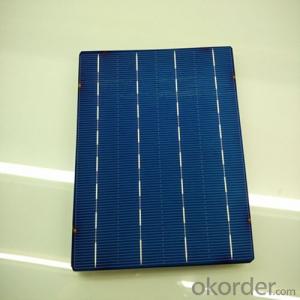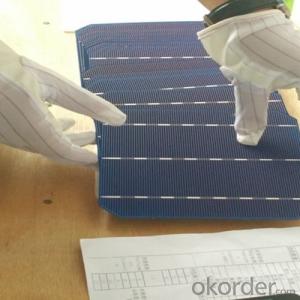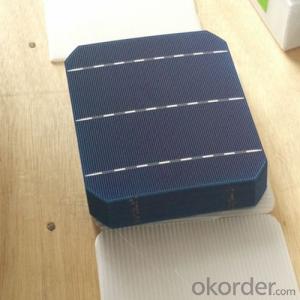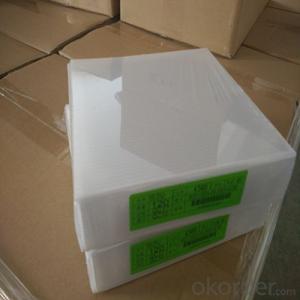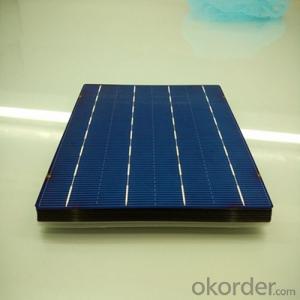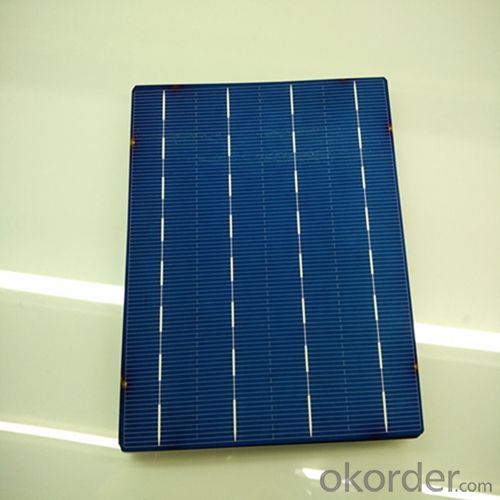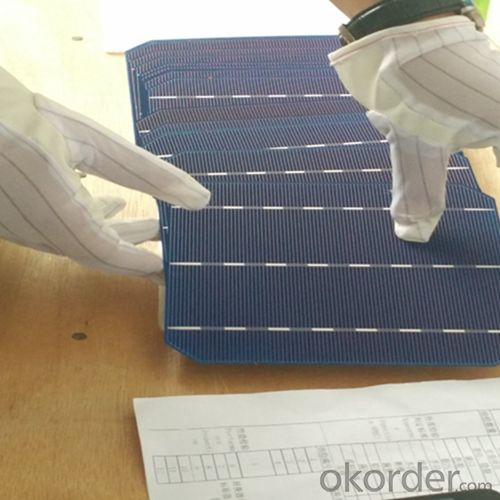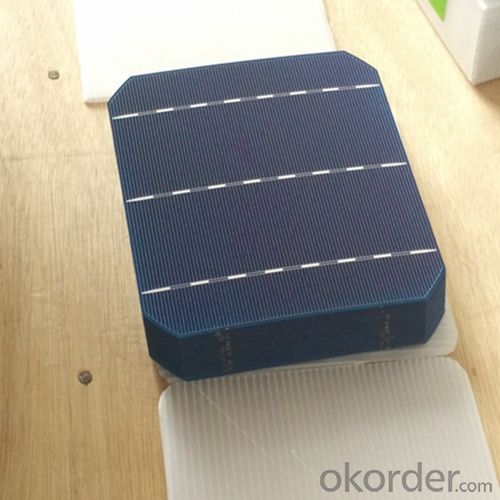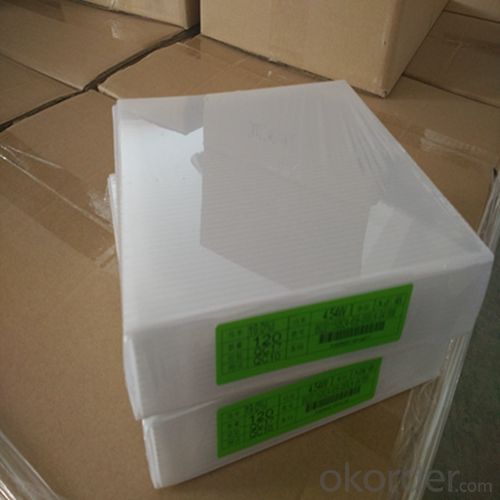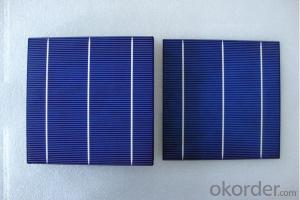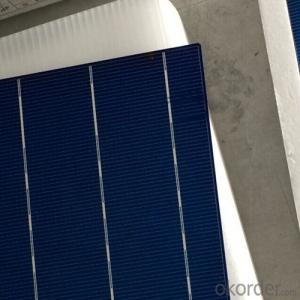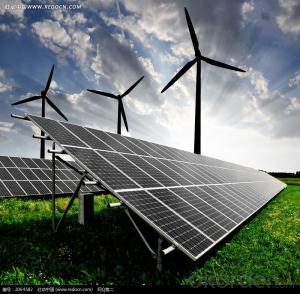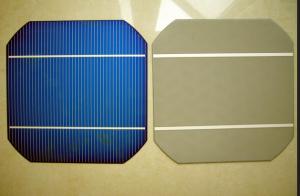High Output Poly 156x156mm2 Solar Cells - Class 2AAA
- Loading Port:
- Shanghai
- Payment Terms:
- TT OR LC
- Min Order Qty:
- 6500 watt
- Supply Capability:
- 6000000 watt/month
OKorder Service Pledge
OKorder Financial Service
You Might Also Like
The operation of a photovoltaic (PV) cell requires 3 basic attributes:
The absorption of light, generating either electron-hole pairs or excitons.
The separation of charge carriers of opposite types.
The separate extraction of those carriers to an external circuit.
In contrast, a solar thermal collector supplies heat by absorbing sunlight, for the purpose of either direct heating or indirect electrical power generation from heat. A "photoelectrolytic cell" (photoelectrochemical cell), on the other hand, refers either to a type of photovoltaic cell (like that developed by Edmond Becquerel and modern dye-sensitized solar cells), or to a device that splits water directly into hydrogen and oxygen using only solar illumination.Characteristic of Mono 156X156MM2 Solar Cells
You are gaining energy independence - add battery backup power for even greater energy security
The cost of electricity is only going to rise – insure against that rising cost
Adaptive cells change their absorption/reflection characteristics depending to respond to environmental conditions. An adaptive material responds to the intensity and angle of incident light. At the part of the cell where the light is most intense, the cell surface changes from reflective to adaptive, allowing the light to penetrate the cell. The other parts of the cell remain reflective increasing the retention of the absorbed light within the cell.[67]
In 2014 a system that combined an adaptive surface with a glass substrate that redirect the absorbed to a light absorber on the edges of the sheet. The system also included an array of fixed lenses/mirrors to concentrate light onto the adaptive surface. As the day continues, the concentrated light moves along the surface of the cell. That surface switches from reflective to adaptive when the light is most concentrated and back to reflective after the light moves along
Mechanical data and design
Format | 156mm x 156mm±0.5mm |
Thickness | 210μm±40μm |
Front(-) | 1.5mm bus bar (silver),blue anti-reflection coating (silicon nitride) |
Back (+) | 2.5mm wide soldering pads (sliver) back surface field (aluminium) |
Temperature Coefficient of Cells
Voc. Temp.coef.%/K | -0.35% |
Isc. Temp.coef .%/K | +0.024%/K |
Pm.Temp.coef. %/K | -0.47%/K |
Electrical Characteristic
Effiency(%) | Pmpp(W) | Umpp(V) | Impp(A) | Uoc(V) | Isc(A) | FF(%) |
18.35 | 4.384 | 0.526 | 8.333 | 0.63 | 8.877 | 78.39% |
18.20 | 4.349 | 0.526 | 8.263 | 0.63 | 8.789 | 78.54% |
18.05 | 4.313 | 0.525 | 8.216 | 0.63 | 8.741 | 78.32% |
17.90 | 4.277 | 0.524 | 8.161 | 0.625 | 8.713 | 78.04% |
17.75 | 4.241 | 0.523 | 8.116 | 0.625 | 8.678 | 77.70% |
17.60 | 4.206 | 0.521 | 8.073 | 0.625 | 8.657 | 77.36% |
17.45 | 4.170 | 0.519 | 8.039 | 0.625 | 8.633 | 76.92% |
17.30 | 4.134 | 0.517 | 8.004 | 0.625 | 8.622 | 76.59% |
17.15 | 4.096 | 0.516 | 7.938 | 0.625 | 8.537 | 76.80% |
17.00 | 4.062 | 0.512 | 7.933 | 0.625 | 8.531 | 76.18% |
16.75 | 4.002 | 0.511 | 7.828 | 0.625 | 8.499 | 75.34% |
16.50 | 3.940 | 0.510 | 7.731 | 0.625 | 8.484 | 74.36% |
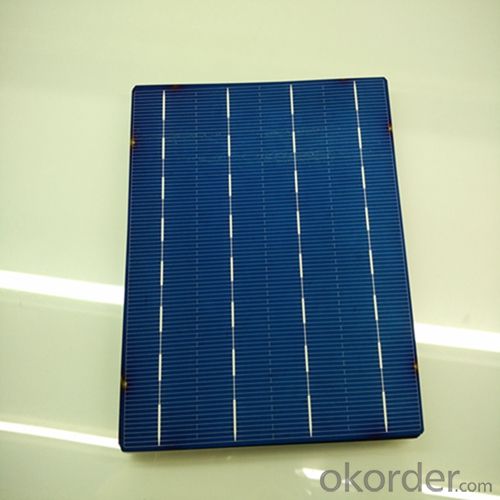
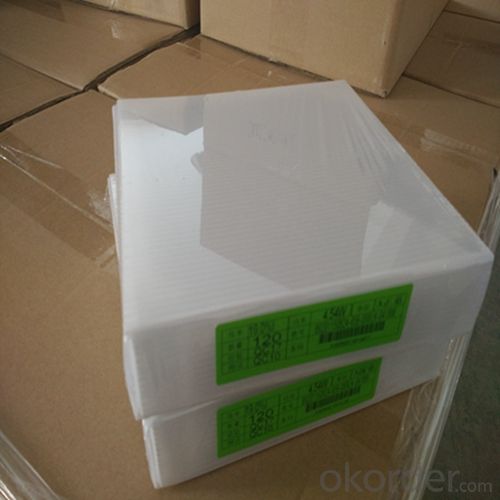
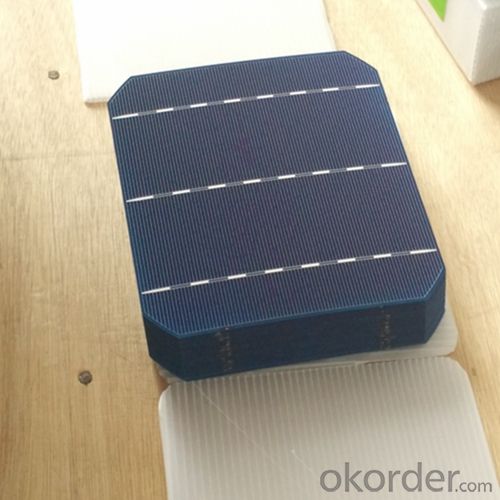
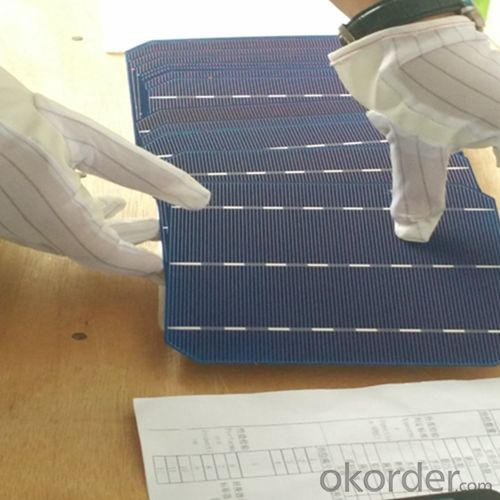
 FAQ
FAQ
Q: What price for each watt?
A: It depends on the quantity, delivery date and payment terms, generally Large Quantity and Low Price
Q: What is your size for each module? Can you tell me the Parameter of your module?
A: We have different series of panels in different output, both c-Si and a-Si. Please take the specification sheet for your reference.
Q: What is your size for each module? Can you tell me the Parameter of your module?
A: We have different series of panels in different output, both c-Si and a-Si. Please take the specification sheet for your reference.
- Q: How long is the long cycle solar cell life?
- Various solar cells according to its working principle, life is different (1) silicon solar cells Silicon solar cells are divided into three kinds of monocrystalline silicon solar cells, polycrystalline silicon thin film solar cells and amorphous silicon thin film solar cells.
- Q: Can solar cells be used in sports stadiums?
- Yes, solar cells can be used in sports stadiums. They can be installed on the roof or integrated into the design of the stadium to capture solar energy and convert it into electricity. This renewable energy source can help power lighting, scoreboards, and other electrical systems, making sports stadiums more sustainable and reducing their carbon footprint.
- Q: What is the solar cell production process
- There are a dozen types of semiconductor materials for solar cells, so there are many types of solar cells. At present, the most mature technology, and has commercial value, the market's most widely used solar cells are silicon solar cells
- Q: Can solar cells be used in military applications?
- Yes, solar cells can be used in military applications. They can provide a reliable and sustainable source of power for various military equipment and operations, such as powering communication systems, surveillance devices, and remote military outposts. Solar cells offer the advantage of being lightweight, portable, and environmentally friendly, making them well-suited for military use in remote or off-grid locations. Additionally, solar power reduces the dependence on traditional fuel sources, minimizing logistics challenges and enhancing operational effectiveness.
- Q: What materials are used to make solar cells?
- Solar cells are typically made using materials such as silicon, cadmium telluride, or copper indium gallium selenide (CIGS).
- Q: Are solar cells environmentally friendly?
- Yes, solar cells are environmentally friendly. They produce clean and renewable energy by converting sunlight into electricity without emitting harmful greenhouse gases or pollutants. Additionally, solar cells have a long lifespan and can be recycled at the end of their life, minimizing their environmental impact.
- Q: Do solar cells work at night or in low light conditions?
- No, solar cells do not work at night or in low light conditions as they rely on sunlight to generate electricity.
- Q: How can I calculate the cost of using solar cells if I put a fully-functional solar system in my house?
- Depends on how you define the "cost" of the solar cells, if you are only calculation the electricity you used, it really cost nothing.
- Q: Can solar cells be used to power outdoor signage?
- Yes, solar cells can be used to power outdoor signage. Solar cells are designed to convert sunlight into electricity, making them an ideal choice for outdoor applications where access to traditional power sources may be limited. By harnessing solar energy, outdoor signage can operate efficiently and sustainably without relying on the electrical grid.
- Q: How do solar cells work to become the solar energy?
- Solar cells are a material used in producing solar energy. There are also many kinds of solar cells based on it's material and usage.
Send your message to us
High Output Poly 156x156mm2 Solar Cells - Class 2AAA
- Loading Port:
- Shanghai
- Payment Terms:
- TT OR LC
- Min Order Qty:
- 6500 watt
- Supply Capability:
- 6000000 watt/month
OKorder Service Pledge
OKorder Financial Service
Similar products
Hot products
Hot Searches
Related keywords
